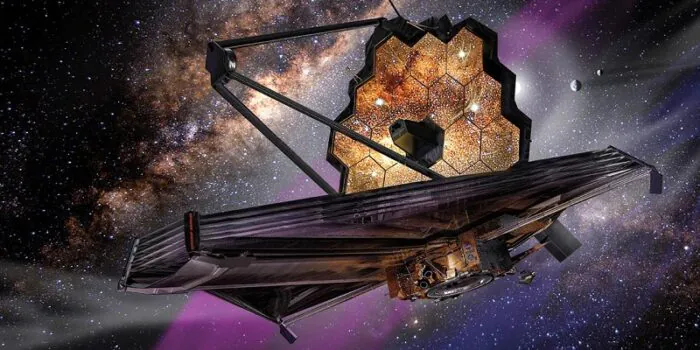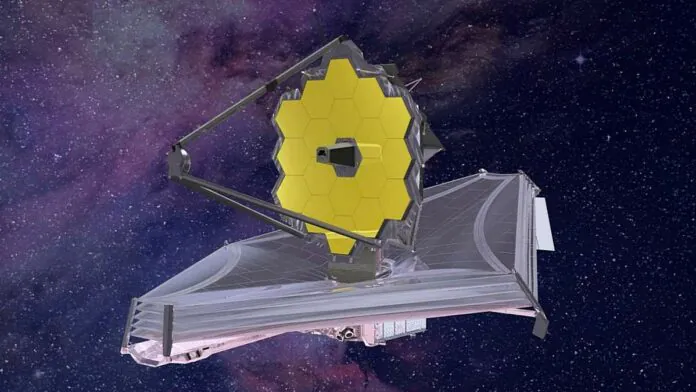© ROOT-NATION.com - Use of content is permitted with a backlink.
The James Webb Space Telescope, the most powerful ever put into orbit, has shown the most accurate image of the early universe to date, which is 13 billion years old, NASA reported.
The stunning image, released at a White House briefing by President Joe Biden, is packed with thousands of galaxies and shows some of the faintest observables in blue, orange and white tones.

The image, known as the “Webb’s First Deep Field,” shows the galaxy cluster SMACS 0723, which acts as a gravitational lens, refracting light from distant galaxies behind it toward the observatory, creating a cosmic magnification effect. Webb assembled the composite image in 12.5 hours, far exceeding what its predecessor, the Hubble Space Telescope, could do in weeks.

“Even though this is by no means the farthest Webb can see, it’s the deepest image ever taken, and shows the power of this remarkable telescope: tremendous sensitivity, a broad range of wavelengths, and sharp image clarity,” – said Avi Loeb, a professor of astronomy at Harvard. He explained that the red arcs are ancient galaxies, while the light circles and ellipses belong to the younger foreground galaxy cluster. He added that he was “excited” by the idea that Webb looking even closer to the Big Bang, which happened about 13.8 billion years ago.
Recommended reading:
The next set of images will be released on Tuesday and will reveal details about the atmospheres of distant planets, “stellar nurseries” where stars form, galaxies frozen in the dance of close encounters and the gas cloud around a dying star.

Webb also performed spectroscopy — an analysis of light that provides detailed information — on a gas giant planet called WASP-96 b, which was discovered in 2014. Located nearly 1,150 light-years from Earth, WASP-96 b has about half the mass of Jupiter and completes aт orbit around its star in just 3.4 days.
Nestor Espinoza, an STSI astronomer, told that previous exoplanet spectroscopies carried out using existing instruments were very limited compared to what Webb could do. “It’s like being in a room that is very dark and you only have a little pinhole you can look through,” he said of the prior technology. Now, with Webb, “You’ve opened a huge window, you can see all the little details.”
You can also help Ukraine fight with Russian occupants via Savelife or via an official page of the National Bank of Ukraine.
Subscribe to our pages in Twitter and Facebook.
Read also:
- You can watch the July supermoon online
- NASA’s spacecraft discovered the «fluffy» surface of Bennu asteroid


